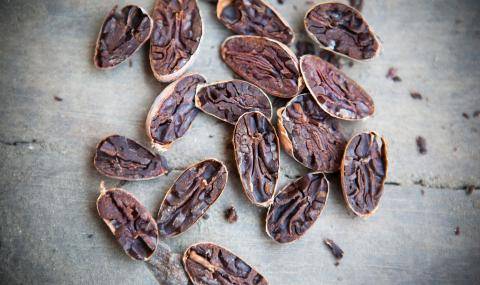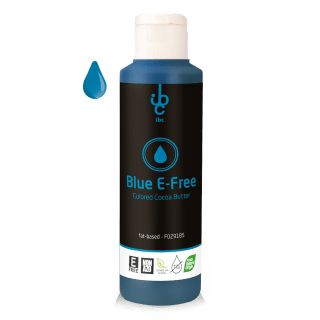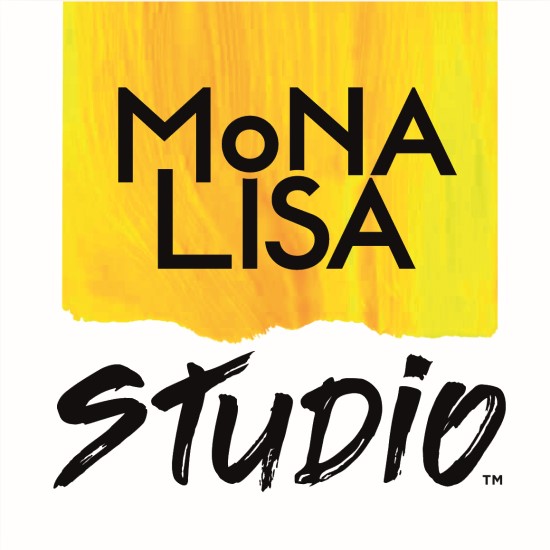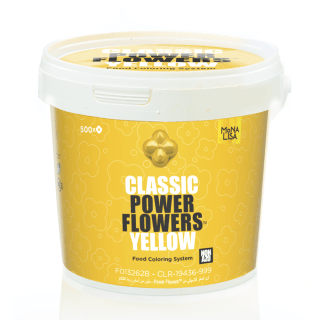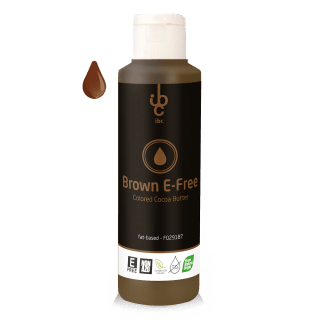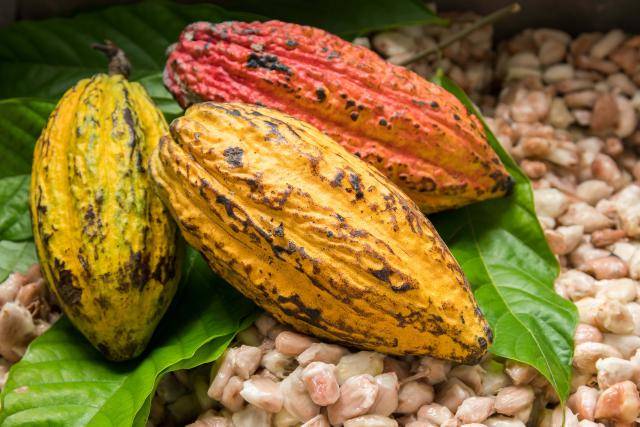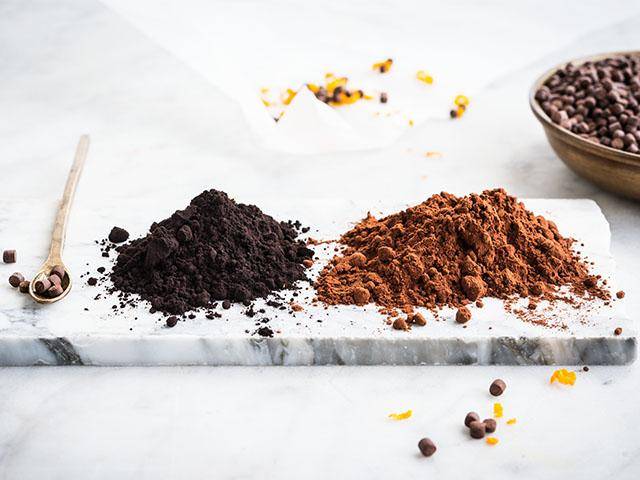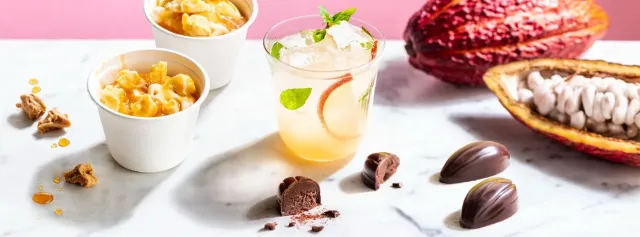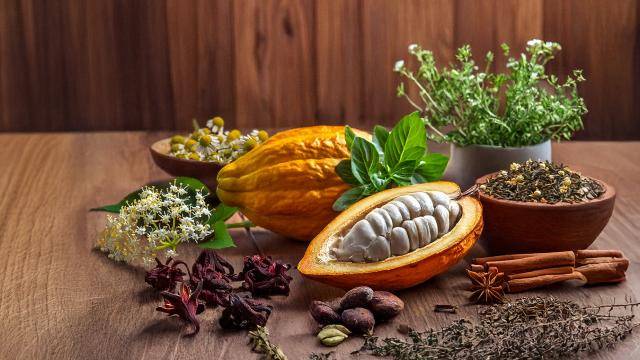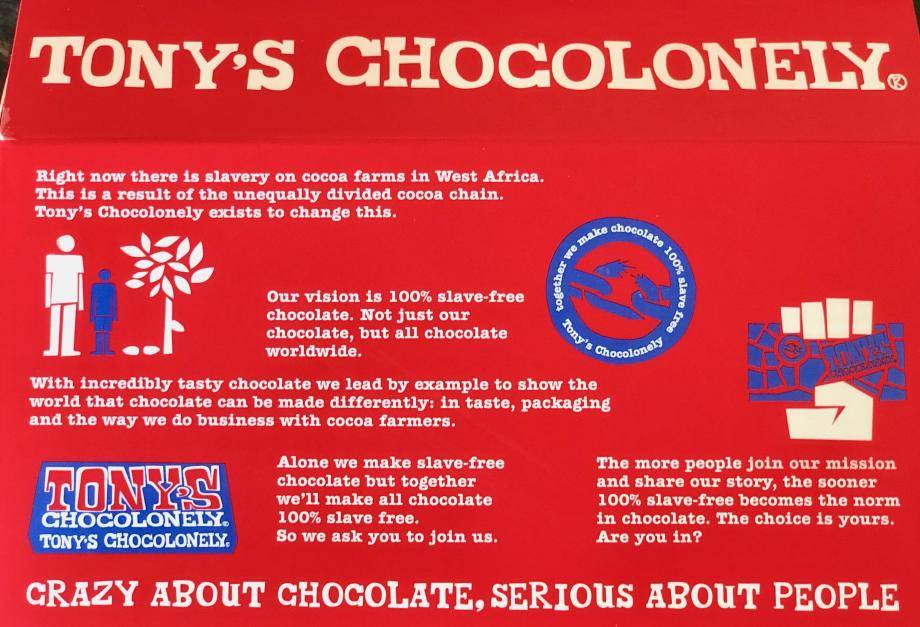
Tony’s Chocolonely approach: slave free chocolate
How to earn consumers’ trust with origin?
Transparency
Consumers want to know who participated in the making of their favorite products. Where did it come from? Who was the farmer? They want to be reassured on the positive impact they have on people and the planet. Tony’s Chocolonely is a great example of transparency in the cocoa supply chain and how companies can address the challenges involved.
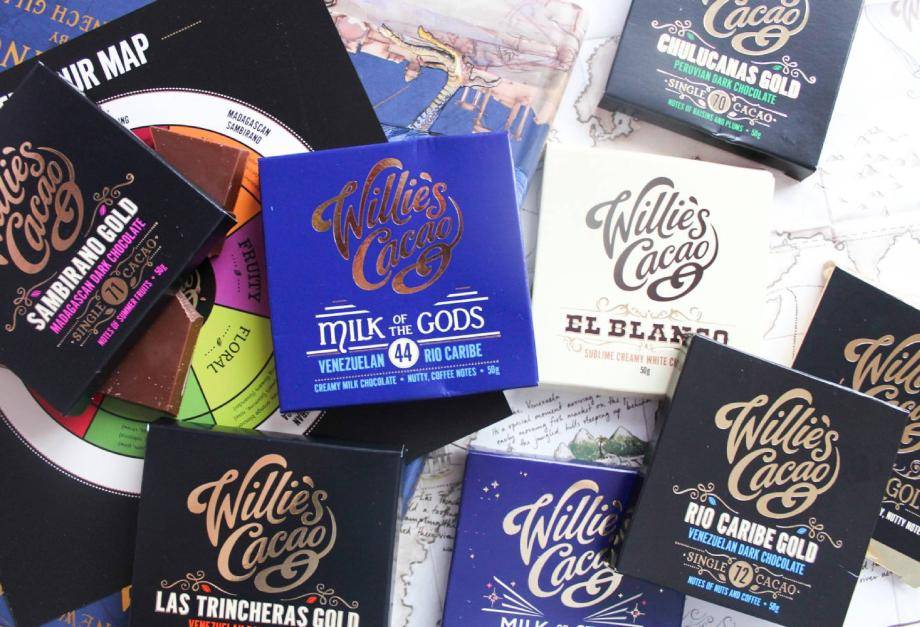
Willie’s Cacao: Single estate cocoa
Storytelling
“Handcrafted” pralines, “single origin” chocolate, “made in France / Britain / …”, proprietary processing techniques… The story you are telling drives desirability and makes your product look unique and different from your competitors'.

Miquel Guarro Cocoa sun
A chocolate tablet that goes back 3000 years in time, discovering the first contact of the Incas with cocoa
Bean to bar
Telegraph reports: “True connoisseurs now like to pursue products that are not concocted from bought-in-bulk chocolate, but in which the whole process, from the grinding of the bean to the molding of the bar, has occurred in one spot, under the care of one group of people: “bean-to-bar” chocolate.”
61% of consumers want to know more about where their chocolate confectionery comes from and what’s in it.
What does it mean for chocolate?
Here are 3 different strategies you can follow:
1. Bet on Single Origin
75% of consumers think that single origin chocolate is more premium and more sustainable compared to standard chocolate. 63% think that chocolate confectionery from certain origins is more premium than others.
2. Communicate on the process
Premium Chocolate Confectionery products do not have to be perfect. They can have an irregular or non-uniform appearance. This is true for 69% of consumers.
3. Differentiate your products with pure & intense flavors
Did you know that to produce 1 pound of chocolate, you need approximately 500 cocoa beans? Each bean brings a specific flavor, and the mix leads to a unique taste experience. Cocoa from Mexico will bring floral notes, Tanzania will have a more intense cocoa bitterness taste profile, Ecuador tends toward spicy undertones, Papua New Guinea has a very specific smoky taste… and so on!

